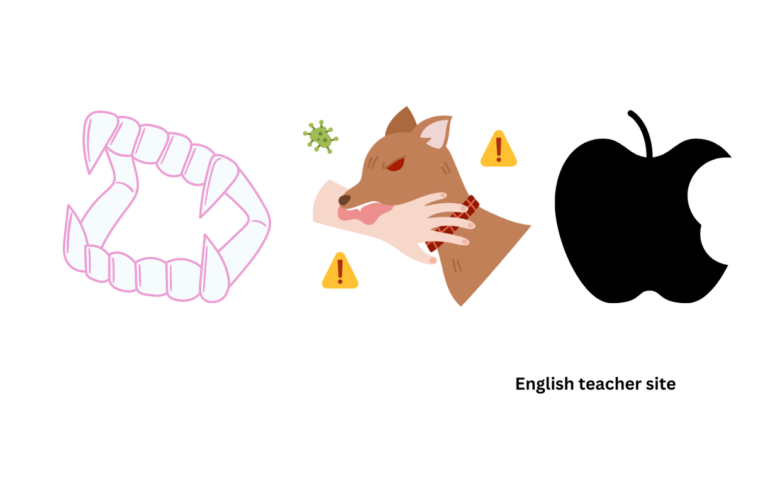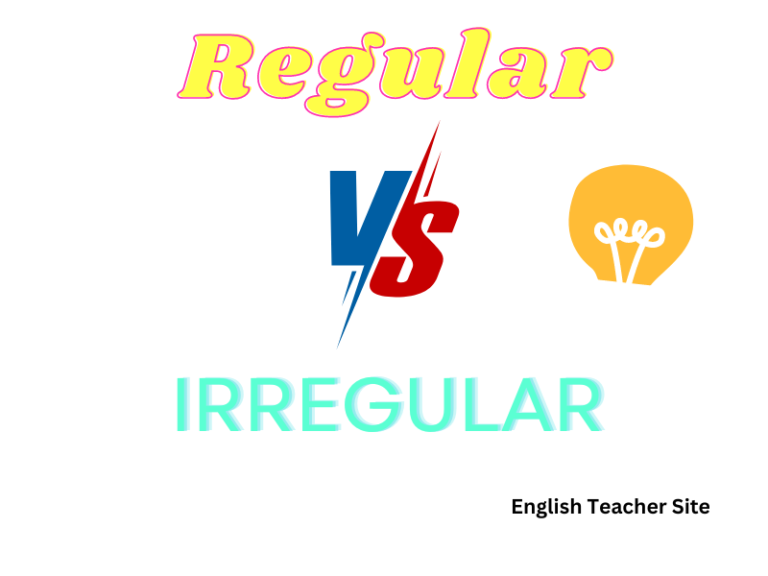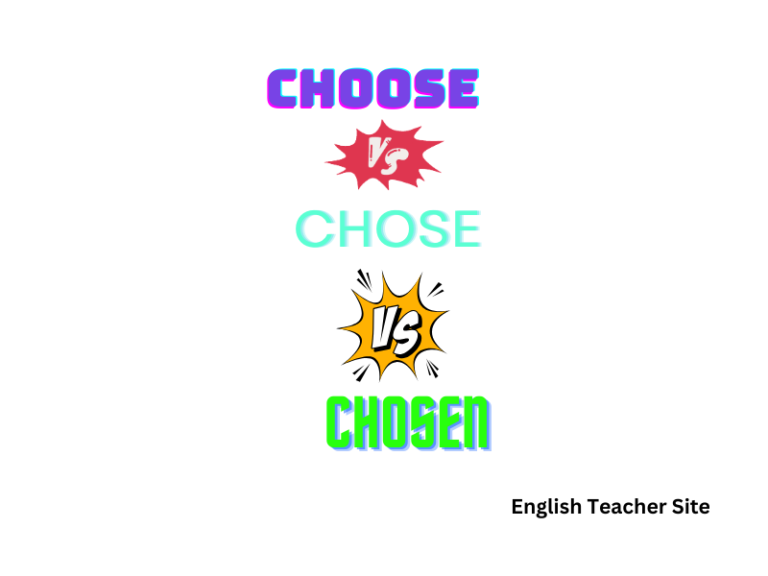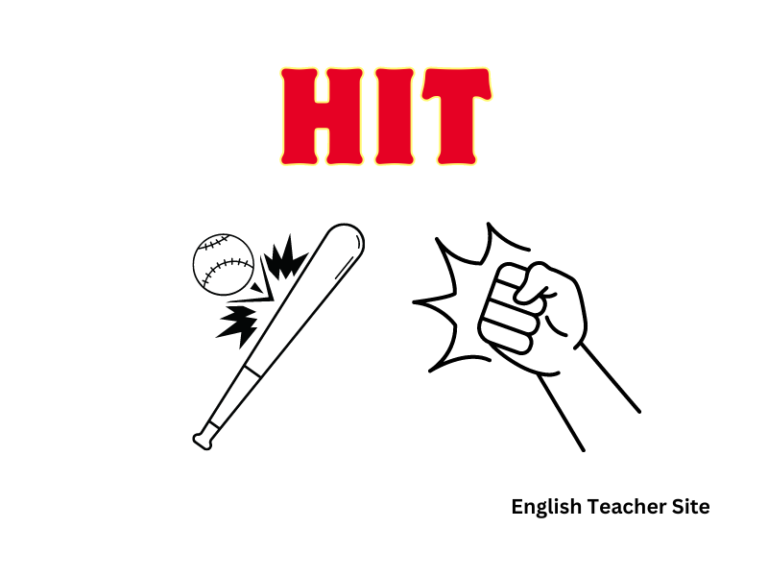What is the Past Tense: Exploring the 4 Main Forms
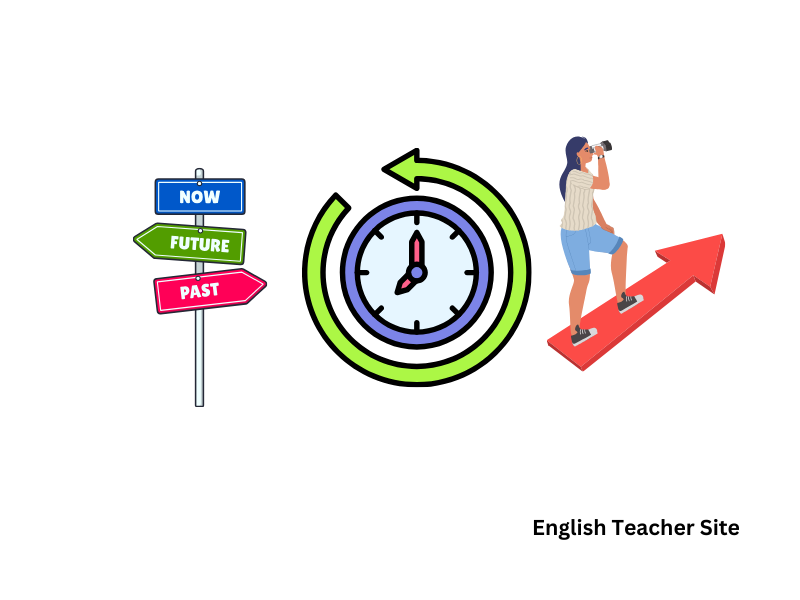
- The past tense conveys completed or ongoing actions in the past.
- English features four main past tense forms, each with a unique function.
- Mastery of past tenses is crucial for effective communication of time.
The past simple tense, for instance, is used for actions that started and finished in the past, with no connection to the present. On the other hand, the past continuous tense highlights actions that were in progress at a certain moment in the past. The past perfect tense helps us to express an action that was completed before another took place, while the past perfect continuous focuses on the duration of an action before another past event occurred. A clear grasp of these types illuminates the rich tapestry of time within the realm of verbs for both native and non-native speakers alike.
What Is the Past Tense: The 4 Main Forms of the Past Tense
In English, the past tense is integral for expressing actions or states that occurred at a specific time in the past. Proper communication about past events requires understanding the four main forms of the past tense, each serving a unique purpose to indicate the time, duration, or completion of an action.
Simple Past Tense
The simple past tense describes a completed action that happened at a definite time in the past.
- Structure: Subject + past form of the verb (e.g., ‘walked’, ‘saw’)
- Example: She walked to the park yesterday.
| Simple Past | Use Case |
|---|---|
| I studied. | Completed action in the past. |
| He arrived. | Action that happened at a specific time. |
Past Progressive Tense
The past progressive, also known as the past continuous tense, indicates an action that was ongoing in the past.
- Structure: Subject + was/were + present participle (verb + -ing)
- Example: They were running when it started to rain.
| Past Progressive | Use Case |
|---|---|
| She was reading. | Ongoing action at a particular moment. |
| They were talking. | Two actions happening simultaneously. |
Past Perfect Tense
It is used to show that one past action occurred before another past action.
- Structure: Subject + had + past participle of the verb
- Example: By the time you called, he had already left.
| Past Perfect | Use Case |
|---|---|
| She had finished. | Action completed before another action in the past. |
Past Perfect Progressive Tense
This form emphasizes the duration of a past action prior to another action or time in the past.
- Structure: Subject + had been + present participle
- Example: She had been waiting for two hours when he arrived.
| Past Perfect Progressive | Use Case |
|---|---|
| They had been working. | Emphasizing duration before another action. |
What Is a Tense?
Tense in grammar refers to the form a verb takes to indicate the time of the action or state of being. It is one of the essential building blocks for conveying the chronology of events and situations in language.
Defining Grammatical Time
Tense allows speakers and writers to express not just the occurrence of an action but also its temporal relation to the moment of speaking. The concept breaks down into various times: past, present, and future, allowing for clear communication about when an event has happened, is happening, or will happen.
- Past Tense: Describes actions or situations that occurred before the present moment.
- Present Tense: Indicates actions or situations that occur at the current moment or persist in the present.
- Future Tense: Declares actions or situations that will occur after the present moment.
The following tables summarize the purposes of each tense:
Functions of Present Tense
| Tense | Function |
|---|---|
| Simple Present | States facts, regular actions. |
| Present Perfect | Indicates an action that occurred at an unspecified time before now. |
| Present Continuous | Describes ongoing actions happening now. |
| Present Perfect Continuous | Depicts actions that started in the past and continue into the present. |
Functions of Past Tense
| Tense | Function |
|---|---|
| Simple Past | Narrates completed actions or states. |
| Past Perfect | Expresses an action completed before another took place. |
| Past Continuous | Details an ongoing past action. |
| Past Perfect Continuous | Communicates an action that was continuous and occurred before another event. |
Within these broad categories, each tense allows for finer nuances, aiding in the detailed portrayal of timing and continuation of an action relative to other events. The specific selection of tenses often depends on the context, intended meaning, and temporal relationships involved.
What Is the Past Tense?
The past tense is a grammatical construct essential for expressing actions, events, or states that occurred at a previous point in time.
Grasping Time in the Past
The past tense enables individuals to convey completed activities or indicate the duration of past events.
Simple Past Tense:
- Regular verbs: Add -ed to the base form (e.g., talk → talked).
- Irregular verbs: Change form entirely (e.g., go → went).
Past Progressive Tense:
- Formed with was/were + verb(-ing) (e.g., He was reading).
Past Perfect Tense:
- Utilizes had + past participle (e.g., They had finished).
Past Perfect Progressive Tense:
- Combines had been + verb(-ing) (e.g., She had been working).
Past Continuous Tense
The Past Continuous Tense is integral in English for describing actions that were in progress at a particular moment in the past. It commonly sets the scene in storytelling by placing the reader in the midst of an action.
Describing Ongoing Past Actions
To construct the Past Continuous Tense, one combines the past tense form of the verb “to be” (was/were) with the present participle of the main verb (the -ing form). This allows the speaker to convey actions that were still happening at a specific time in the past. The usage of this tense implies that the past action had some duration and was not merely a quick occurrence.
Forming the Past Continuous Tense:
| Subject | Auxiliary Verb | Main Verb |
|---|---|---|
| I | was | (base verb + ing) |
| You | were | (base verb + ing) |
| He/She | was | (base verb + ing) |
| We | were | (base verb + ing) |
| They | were | (base verb + ing) |
The tense can be utilized to discuss two actions occurring at the same time in the past, with both actions being continuous. It is also common for the tense to be used when a longer ongoing action is interrupted by a shorter action.
Usage Examples:
- While the teacher was explaining the lesson, the students were writing notes.
- She was walking her dog when it suddenly started to rain.
In each example, the Past Continuous Tense emphasizes the ongoing nature of the past activities.
Past Perfect Tense
The Past Perfect Tense is a critical component of English grammar, used to convey that an action was completed before another took place in the past. Understanding this tense allows for clear and precise communication about the sequence of past events.
Expressing Completed Past Actions
The Past Perfect Tense is employed when discussing actions that were completed before a certain point in the past. This tense provides a timeframe for understanding when events occurred in relation to each other. The construction of the tense involves the auxiliary verb “had” followed by the past participle of the main verb.
Examples include:
- She had finished her meal before the show started.
- They had left the party before the guests arrived.
The structure of the Past Perfect Tense can be demonstrated through the following tables:
Affirmative Sentences:
| Subject | Auxiliary Verb “had” | Past Participle |
|---|---|---|
| I | had | finished |
| You | had | left |
| He/She/It | had | done |
| We | had | seen |
| They | had | gone |
Negative Sentences:
| Subject | Auxiliary Verb “had” + “not” | Past Participle |
|---|---|---|
| I | had not (hadn’t) | finished |
| You | had not (hadn’t) | left |
| He/She/It | had not (hadn’t) | done |
| We | had not (hadn’t) | seen |
| They | had not (hadn’t) | gone |
In sentences, the Past Perfect Tense may be used in conjunction with the Simple Past Tense to indicate which action occurred first. The usage of the Past Perfect sets the scene for another event and provides the context needed to understand the sequence of those events.
An example to illustrate this use:
- After the rain had stopped, the children went outside to play. The action of the rain stopping is completed before the children begin to play.
In conclusion, mastering the Past Perfect Tense is essential for delineating the order of past events with confidence and clarity.
Past Perfect Continuous
The Past Perfect Continuous tense is an important aspect of the English language that depicts actions or situations that were ongoing in the past until another point in the past. It is a tense that effectively combines duration with a specific time frame, setting a backdrop for actions that had been happening over a period before something else occurred.
Emphasizing Duration in the Past
The Past Perfect Continuous tense is constructed using had been plus the present participle (verb+ing). This construction places emphasis on the duration or continuity of an action that began and persisted for some time up until a certain moment in the past.
| Use | Example |
|---|---|
| Event continuing up to a specific time | They had been waiting for two hours before the show started. |
| Cause of something in the past | She was tired because she had been jogging. |
One uses this tense to:
- Show the cause of a past event
- Indicate an action that was in progress before another action occurred
Examples:
- By the time the tournament started, the team had been practicing for six months.
- He had been studying the texts long before the exam finally happened.
In summary, the main functions of the Past Perfect Continuous tense include the indication of the length of time an action had been occurring before another past action interrupted it or a point in time was reached. This tense unveils the timeframe and the continuity of past activities, revealing their duration up to a certain past moment.
Source
1. Harper Douglas, “Etymology of tense,” Online Etymology Dictionary, https://www.etymonline.com/word/tense
2. Harper, Douglas. “Etymology of preterite.” Online Etymology Dictionary, https://www.etymonline.com/word/preterite
My name is Khamis Maiouf. I am the creator of the English Teacher Site, dedicated to providing valuable resources and insights for students around the world. With a passion for education and a commitment to helping students enhance their skills, I aim to make English teaching more effective and enjoyable for both educators and students.

